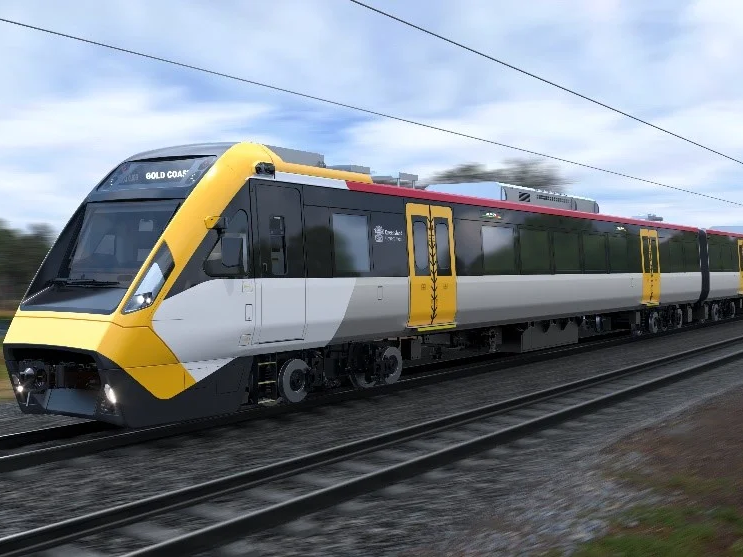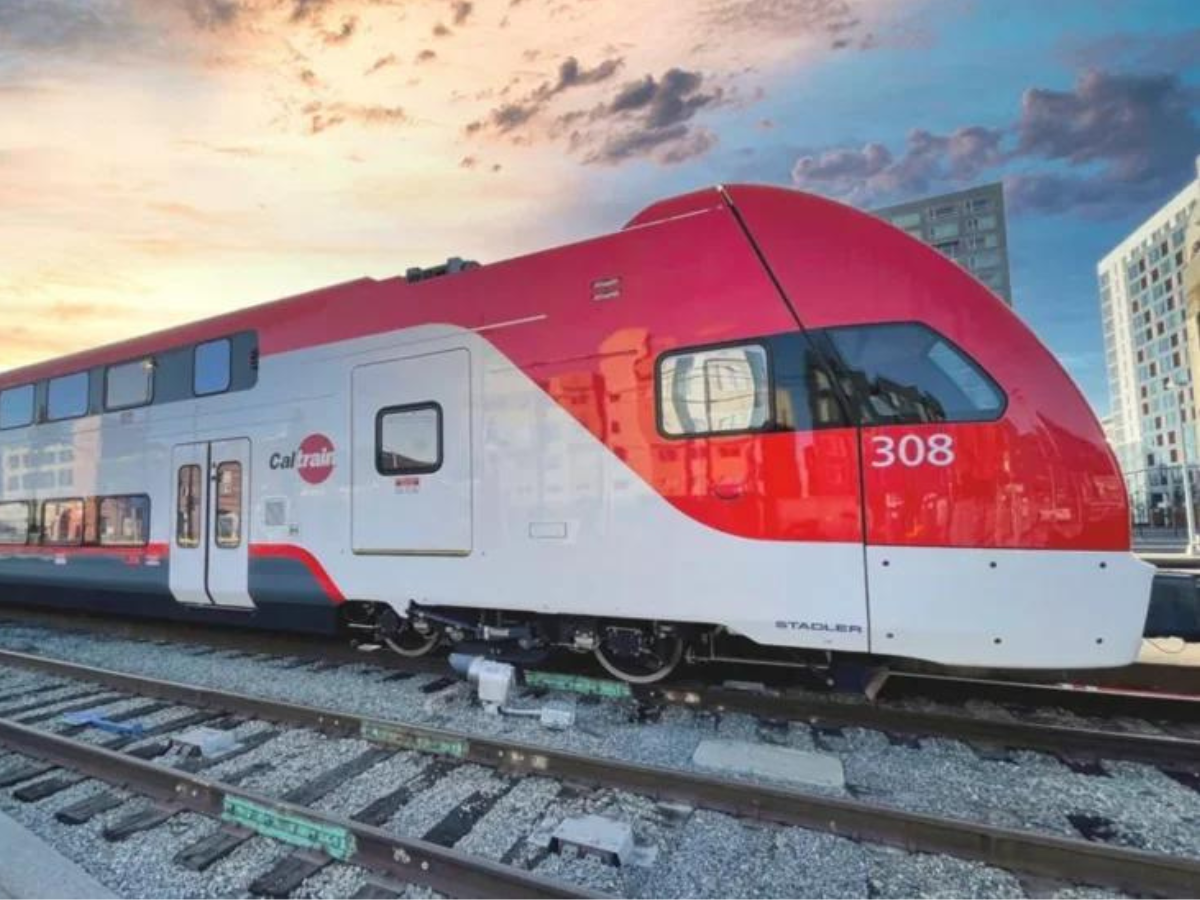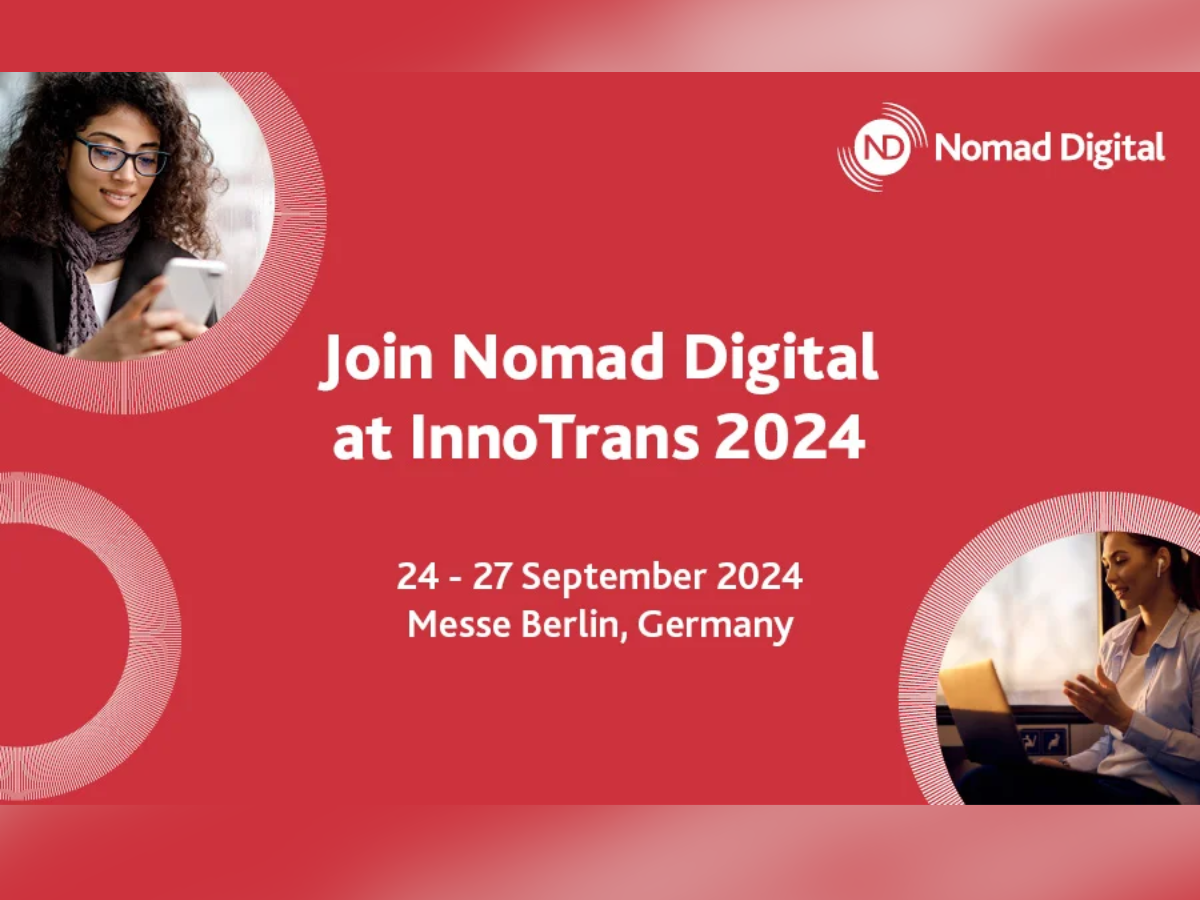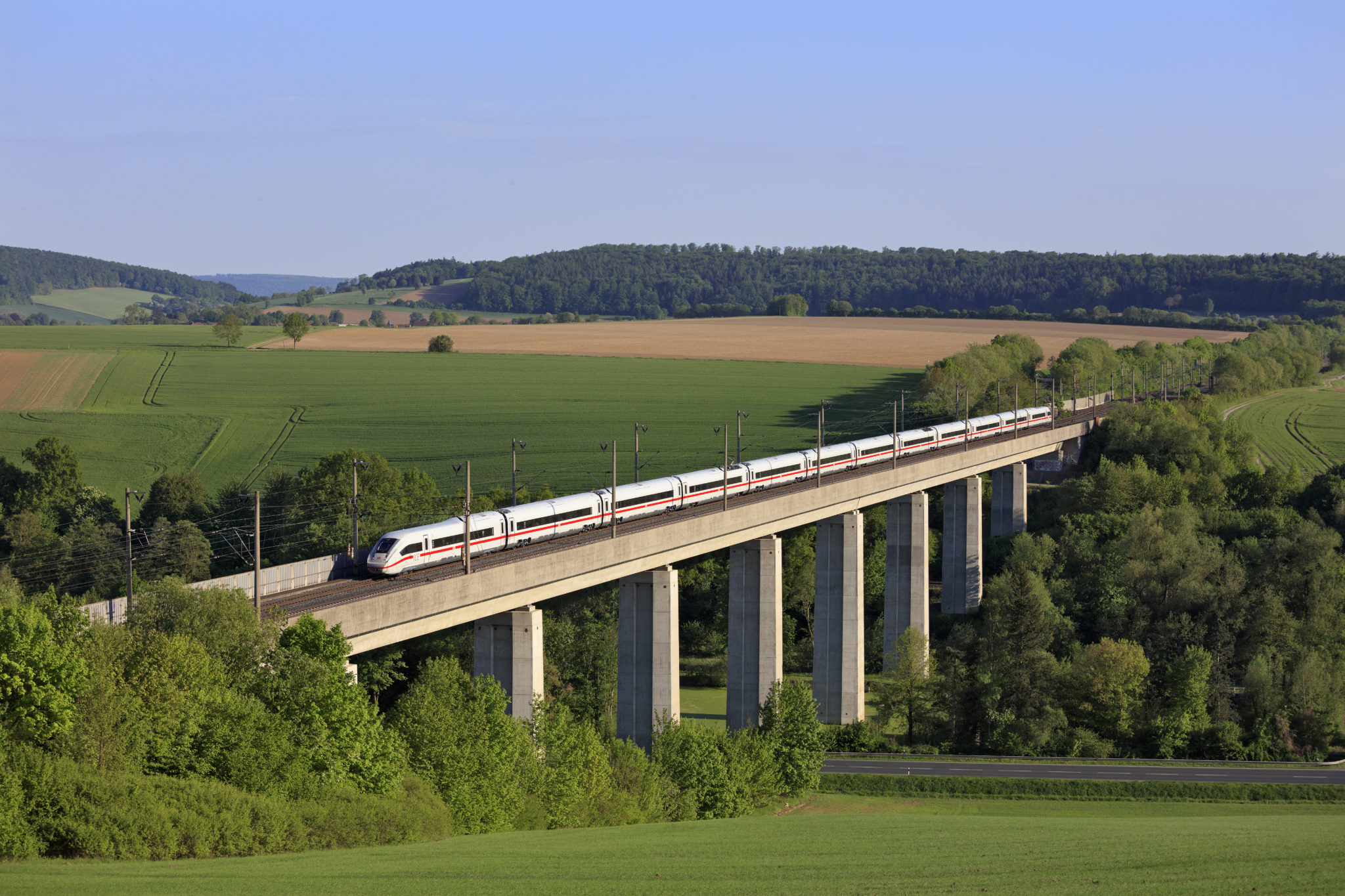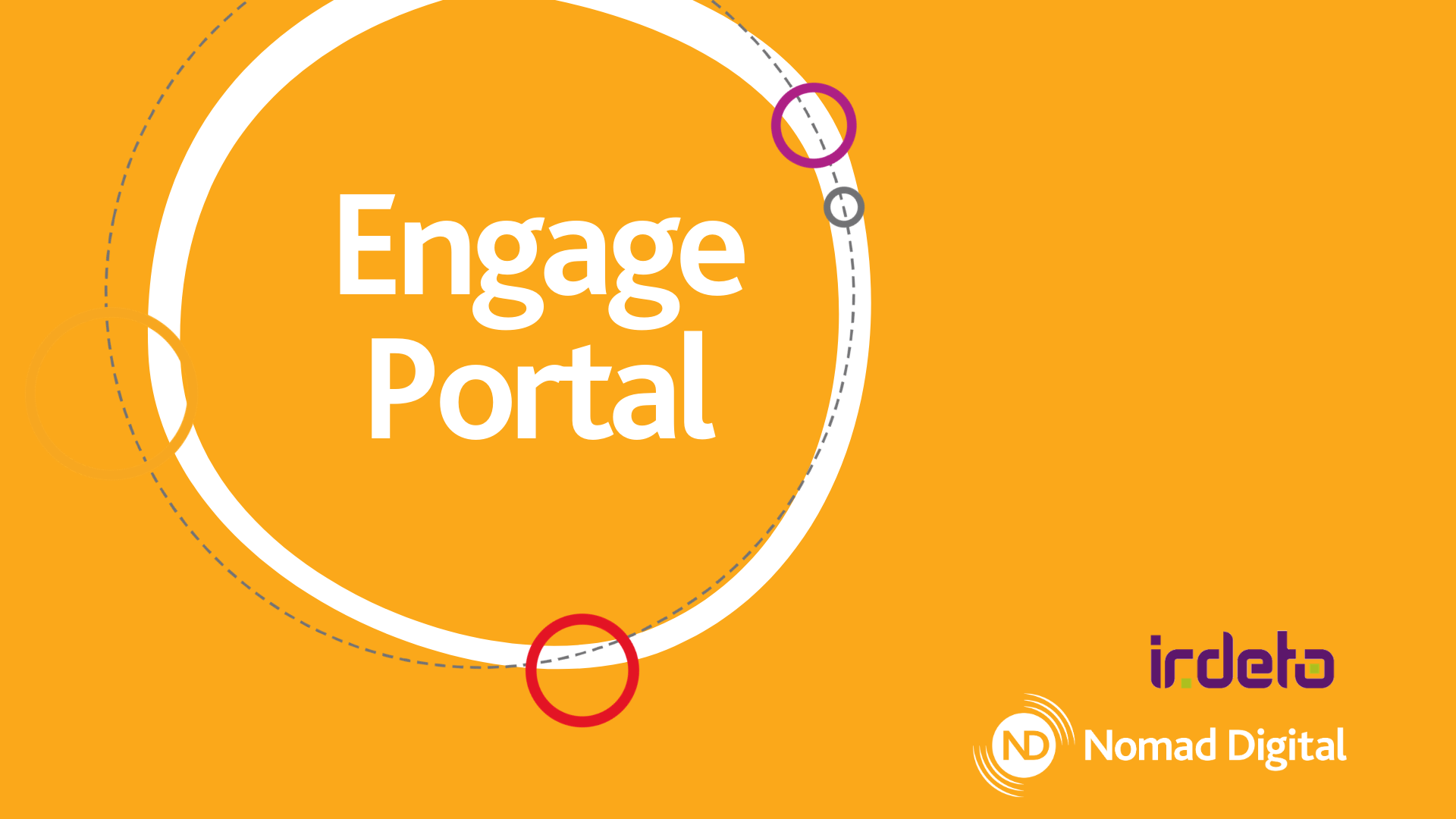Nomad Digital: Why Does Internet Access in Public Transport Make Travel Time Productive?
Advances in technology, and in particular information and communication technologies (ICT), have revolutionised the way we value time. Passengers can now be more mobile than ever. They have real-time information about travel journeys available at any time.
Today, we explore how internet access on public transport can encourage ridership, reduce car dependency, and make transportation more sustainable.

Attitudes Towards Travel Time
A recent study at the University of Glasgow examined the relationship between Internet use while commuting and travelling and modes of transport. The results showed that internet use on mobile technologies has impacted the value of travel time. This applies especially to time on public transport. This means that providing internet access on public transport could increase ridership, even amongst people who might prefer to commute by car.
In the UK, rail travel is a favoured mode of transport. In pre-pandemic times, there were a whopping 461 million passenger rail journeys made in 2019-20 Q3. While passenger journeys fell to 139 million in 2020-21 Q3, the second quarter of the financial year 2021-22 was busier. This period saw an uprise by 78.4%, reaching a total of 248 million rail passenger journeys.
Even when passenger rail journeys were less frequent in 2020-21 Q3, the average commuting time in Great Britain by national rail amounted to 63 minutes. The average travel time for bus and coach travellers in the UK was 40 minutes. With an average of 51.5 minutes per journey, travel time plays a vital role in our daily lives.
Traditionally, economic appraisals and evaluations have seen travel time as a cost of wasted time, also referred to as the value of travel time (VOTT).
However, attitudes towards travel time are changing. In today’s business-oriented world, the mantra of “time is money” is used frequently. To follow this, travel time can be turned from wasted time to more productive time. Commuters can use their commute to read a book, meditate, or listen to motivational speakers. Alternatively, they can also turn it into business ad-hoc time.
That’s where the use of technology comes in handy. Having railway connectivity means that commuters can use their laptops or mobile devices to perform work, prepare for business meetings, arrange their work diaries, or study. This allows for a seamless and useful passenger experience that is likely to increase ridership.
The Way to a Sustainable Mode of Transport
The abovementioned study also shows that the implementation of passenger-friendly policies on trains, such as Internet access, can encourage people who prefer private cars to public transport to make use of the latter more often. This will decrease car dependency.
The results of the study also show that Internet access can be more beneficial to public transport commuters rather than to car commuters. Naturally, this is because public transport commuters are less restricted when travelling than drivers. Nevertheless, drivers can also benefit from accessing real-time travel information, but don’t have as much flexibility as public transport commuters. Moreover, private cars are a less sustainable mode of transport than public transport. To put things into perspective, let’s look at CO2 emissions per km travelled from the three main modes of transport: standard diesel car (one passenger), standard diesel car (four passengers), bus, and domestic rail.
Figure 1
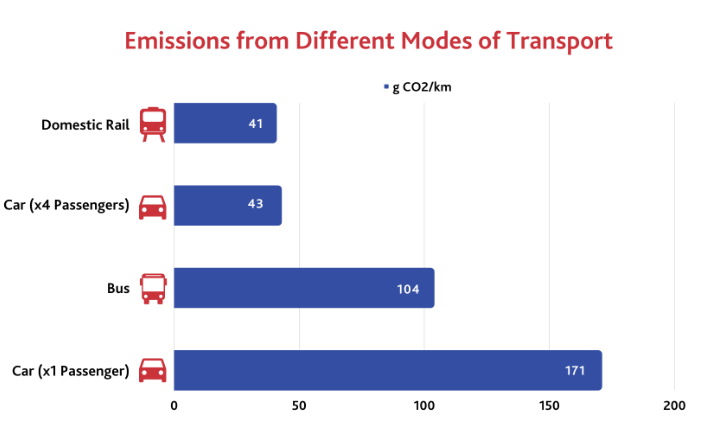
A 1-passenger car emits 171g CO2/km. However, sharing a car between four people means this amount is split between passengers, reducing emissions to 43g CO2/km per person. Buses emit 104g CO2/km, while domestic rail produces 41g CO2/km. Domestic rail is the most sustainable mode of transport, followed by carpooling and buses.
Increasing public transport ridership by providing Internet access and boosting the use of ICTs is a great way to not only make the most of travel time but also to reduce CO2 emissions.
Due to the increased use of ICTs people are starting to change their attitudes towards travel time and their preferred mode of transport. The public transport industry has the potential to elevate the passenger experience and encourage the use of more sustainable modes of travel by offering Internet access.
Sources
- http://eprints.gla.ac.uk/184388/1/184388.pdf
- https://dataportal.orr.gov.uk/media/2041/passenger-rail-usage-2021-22-q2.pdf
- https://www.statista.com/statistics/300712/average-time-taken-to-travel-to-work-in-the-united-kingdom/
- https://www.bbc.com/news/science-environment-49349566




